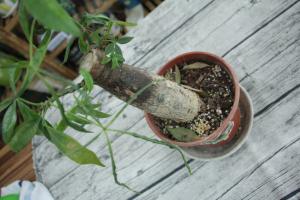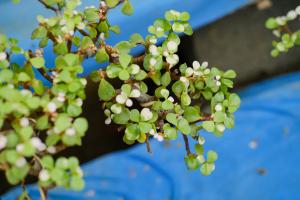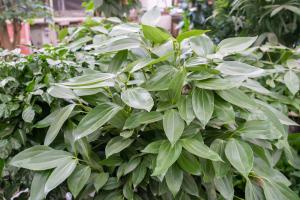Introduction
Plant cells are unique in that they have a cell wall which provides support and protection. The cell wall is made up of a complex mixture of polysaccharides, proteins, and other substances that give it strength and durability. Understanding the composition of plant cell walls is important for understanding how plants grow and develop, and for developing new technologies that harness the power of plant cells.
Polysaccharides
The most abundant component of plant cell walls is cellulose, a polysaccharide made up of long chains of glucose molecules. Cellulose provides rigidity and support to the cell wall, making it an important component for maintaining the structure of the plant. Other polysaccharides found in plant cell walls include hemicellulose and pectin. Hemicellulose is also made up of long chains of sugar molecules, but its structure is more mixed than cellulose. Pectin is a complex polysaccharide that is involved in cell adhesion and the regulation of cell growth.
Proteins
Plant cell walls also contain a range of proteins, which are important for both the structural integrity and the function of the cell wall. Structural proteins, such as extensins and proline-rich proteins, provide additional strength and support to the cell wall. Enzymatic proteins are involved in a range of processes, including cell expansion and stress responses. Other proteins found in plant cell walls include receptor-like proteins, which have a role in cell signaling, and lectins, which are involved in recognizing and binding to specific sugars.
Lignin and Cutin
In addition to polysaccharides and proteins, plant cell walls can also contain other substances such as lignin and cutin. Lignin is a polymer that is mainly found in the walls of woody plants, where it provides rigidity and support to the plant. Cutin is a polymer found in the cuticle, the waxy layer that covers the surface of leaves and other plant organs. It helps to protect the plant against water loss and other environmental stresses.
Conclusion
Plant cell walls are complex structures that are made up of a range of polysaccharides, proteins, and other substances. Understanding the composition and function of plant cell walls is important for understanding plant growth and development, and for developing new technologies that rely on plant cells. With ongoing research, we are sure to gain new insights into the fascinating world of plant cell walls.

 how many times do yo...
how many times do yo... how many planted tre...
how many planted tre... how many pine trees ...
how many pine trees ... how many pecan trees...
how many pecan trees... how many plants comp...
how many plants comp... how many plants can ...
how many plants can ... how many plants and ...
how many plants and ... how many pepper plan...
how many pepper plan...
































